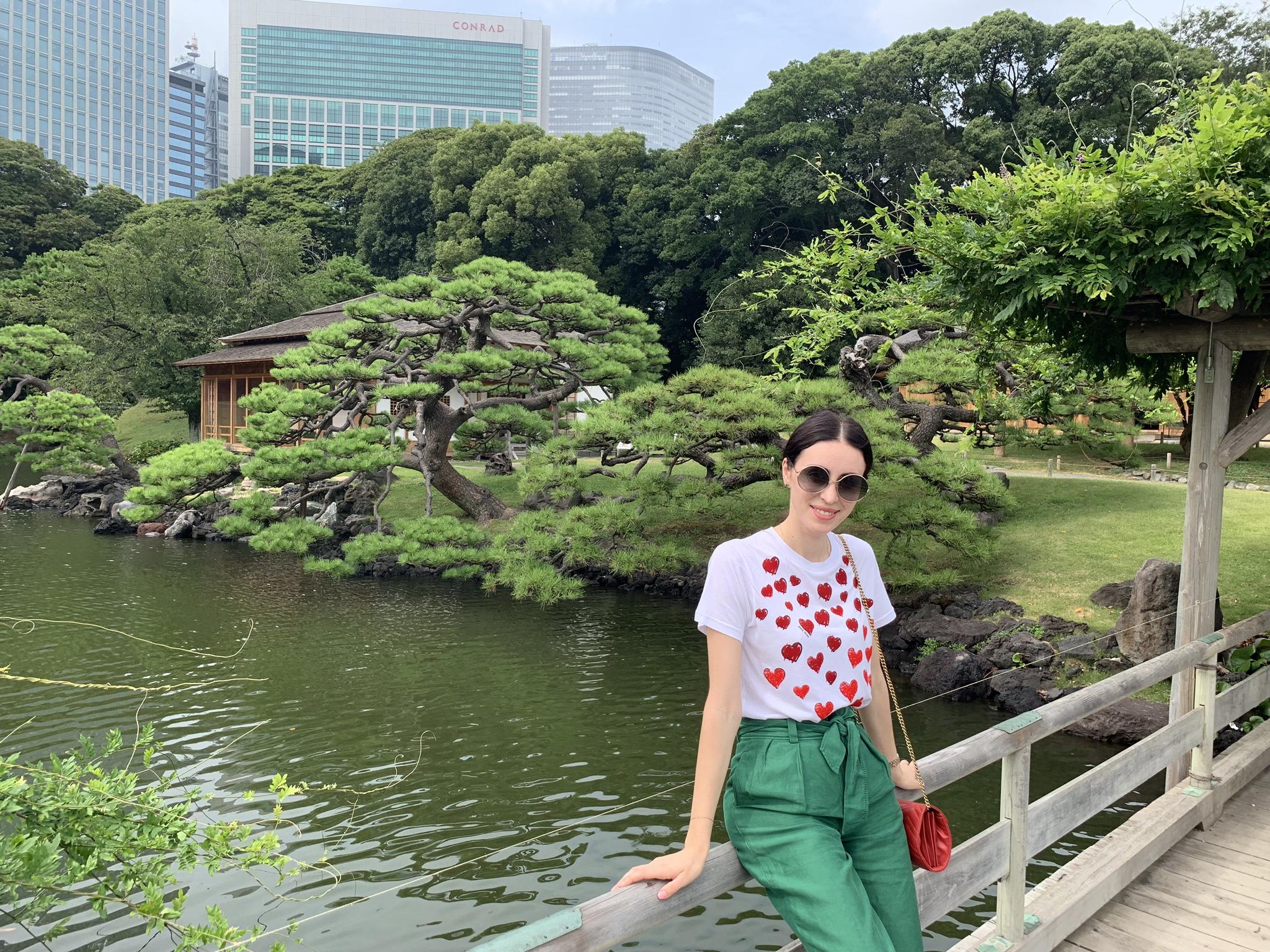Harajuku is known internationally as a center of Japanese youth culture and fashion. Shopping and dining options include many small, youth-oriented, independent boutiques and cafés, but the neighborhood also attracts many larger international chain stores with high-end luxury merchandisers extensively represented along Omotesando. Harajuku is the epicenter of Japanese anime and ‘kawaii’ culture. Even if you have never been to Harajuku, the name may sound familiar thanks to Gwen Stefani’s pop hit “Harajuku Girls.” In Japan, the area is well-known to just about everyone—particularly fashion-conscious teenagers and young adults.
Harajuku styles range from cute and casual to extreme. On any given day here, you could run into elegant lolitas in dresses, heavily-pierced goths with long hair, or decora Kei enthusiasts wearing colorful wigs. Since Harajuku is the land of free-spirited fashion, you may even run into cosplayers! Though Harajuku’s true heyday of wild fashion may be behind us, there will always be hardcore enthusiasts who carry on Harajuku’s fashion spirit. Why not try dressing up yourself? Whether it’s tops, sweaters, or shirts, visitors can buy all manner of clothing as well as bags, backpacks, and other accessories in a range of styles that you aren’t likely to find anywhere else. If you’re looking for a really unique Harajuku experience try a Harajuku makeup or nail salon. Beyond shopping for unique hair clips or changing your hairstyle you might even change your hair color.
▪️Takeshita street
Harajuku’s iconic main street, Takeshita Street, is a must-see on a trip to Harajuku. Located just steps from Harajuku Station, this pedestrian paradise is generally packed most days of the year. Here, you can find some large-scale stores like the hundred-yen shop Daiso or drugstores selling makeup, but for the most part, the street is lined with small, quirky shops hawking inexpensive clothes and accessories. Though it may be a bit of a sensory overload, it is a can’t-miss destination that is synonymous with Harajuku itself. As with most anywhere in Harajuku: if the main street is too crowded for your liking, duck down a side street, which is likely to be far quieter and have just as many unique and interesting shops. If you think all of this shopping might make you hungry, you’re in luck, as Harajuku has plenty of street food and other dining options for hungry shoppers. Traditionally, most Japanese people associate a trip to Harajuku with a sweet or savory crepe—chocolate banana is a long-time favorite. In recent years, tapioca or boba tea has become a huge hit as well. Another new favorite is hattogu, a distant Korean relative of the American corndog, packed with lots of stretchy mozzarellas. If you’re after Instagram likes, try some of Harajuku’s rainbow foods, ranging from massive cloud-like tufts of rainbow cotton candy to gooey rainbow grilled cheese. No matter which option you end up choosing, Harajuku’s stylish street food is not only great to eat but also great to share on social media.


